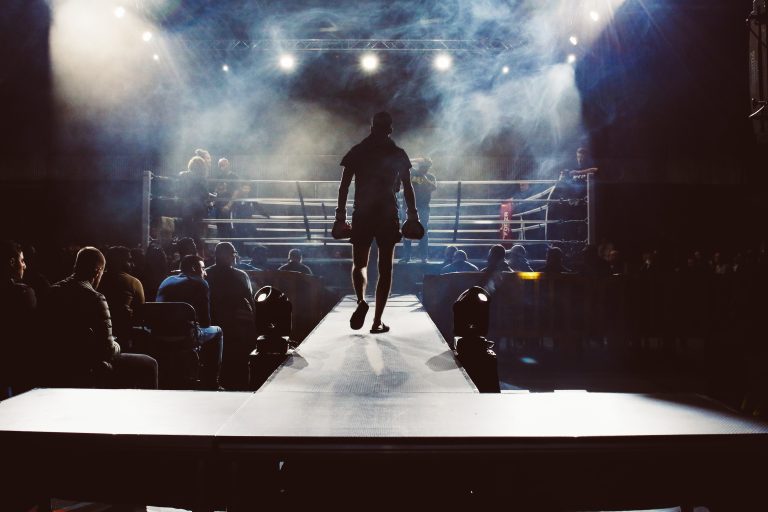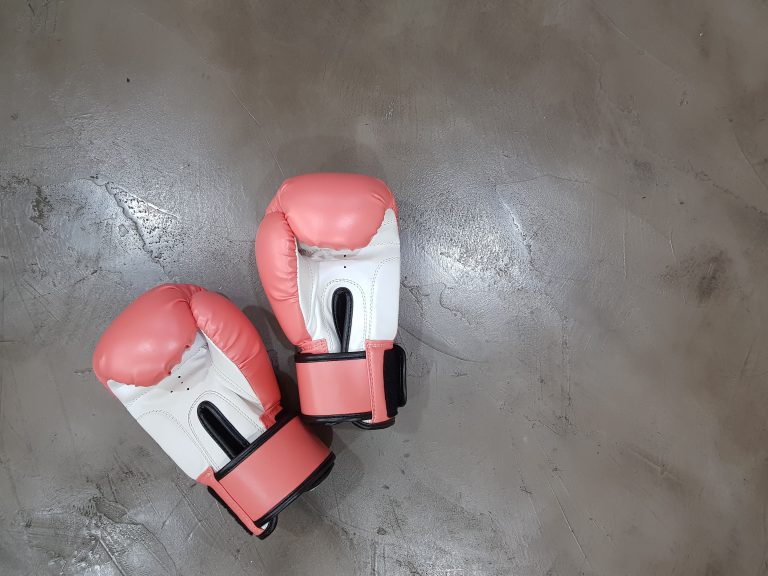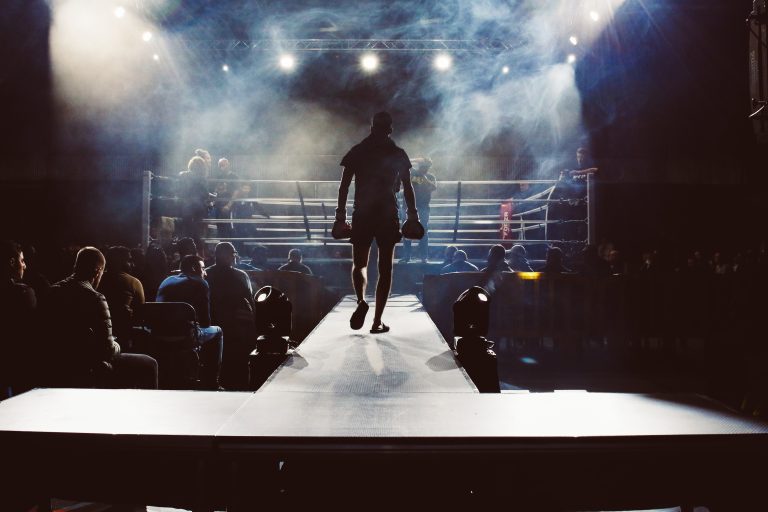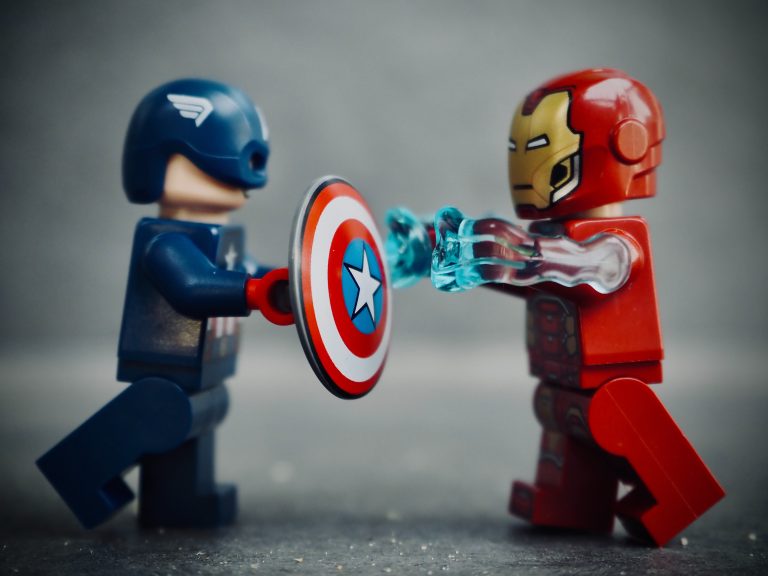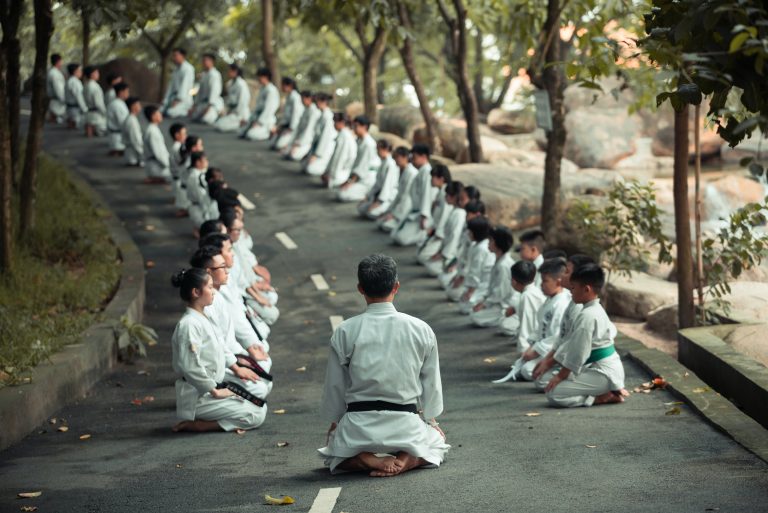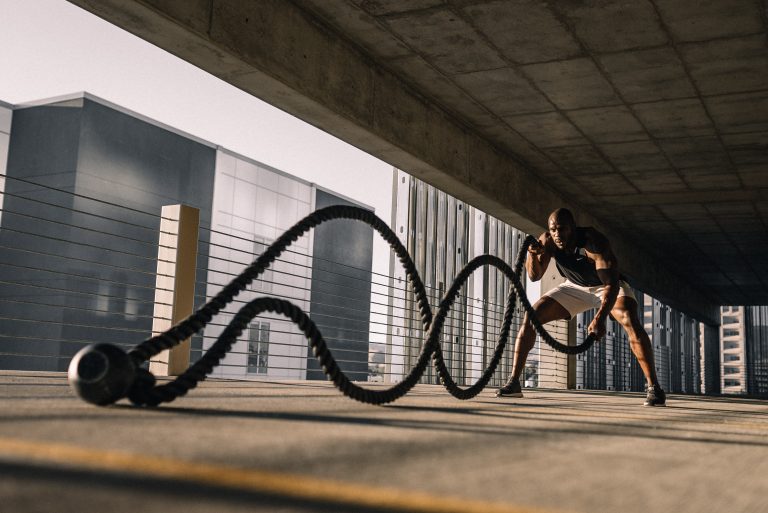Karate: What is a kata?
Karate, a martial art that originated in Okinawa, Japan, is known for its various forms of training and techniques. One such training method is “kata”.
What is Kata?
Kata is a Japanese word that translates to “form” or “pattern”. In Karate, it refers to a sequence of movements that simulate a combat situation. These predefined sequences are practiced repeatedly to develop muscle memory, enhance technique, and promote focus and concentration.
Kata involves a series of defensive and offensive techniques, performed in a set order. Each kata has a particular theme, and the movements within it are symbolic of different scenarios in a fight. For instance, the kata “Heian Shodan” depicts an imaginary fight against multiple attackers.
History of Kata
The origins of kata can be traced back to Chinese martial arts, from which Karate derived many of its techniques. Historically, kata was used as a form of training in which students would practice techniques in isolation, away from real-life combat situations. The idea was to build up muscle memory and refine technique until the movements became second nature.
Over the years, kata has become an essential part of Karate training. It is an excellent way for students to learn and practice the techniques that make up traditional Karate. It also serves as a way to pass down traditional knowledge from one generation of Karateka to the next.
Benefits of practicing Kata
There are many benefits to practicing kata in Karate. For starters, it helps develop coordination, balance, and agility. As students progress and move to more advanced kata, they become more familiar with subtle changes in footwork and posture. This helps them become more well-rounded martial artists and enhances their overall technique.
Kata is also an excellent way to develop focus and concentration. It requires students to memorize sequences of movements while maintaining proper form and technique. This requires intense concentration and helps students develop their focus and mental discipline.
Finally, kata is a great way to improve overall fitness levels. The movements involved in kata require the use of a wide range of muscles in the body. Accordingly, practicing kata regularly can help improve strength, flexibility, and endurance.
Conclusion
In conclusion, kata is an essential part of Karate training. It is a way for students to learn and practice traditional techniques, develop focus and concentration, and improve their overall fitness levels. Whether a student is a beginner or an advanced practitioner, practicing kata is an excellent way to enhance their Karate technique.
Karate: What is a kata?
Are you interested in learning Karate but do not know where to start? One of the essential components of Karate is kata. Kata is a series of movements that simulate an imaginary combat situation. It is a fundamental method to learn basic techniques and apply them in actual fighting.
In this blog post, we will answer the most frequently asked questions about kata in Karate.
1. What is the meaning of kata in Karate?
Kata is a Japanese word that means „form“ or „pattern.“ It is a sequence of movements that represent a defensive or offensive situation against one or more attackers. Typically, each movement has a specific purpose, such as blocking, striking, or grappling.
2. What is the purpose of practicing kata?
Practicing kata has several purposes in Karate. First, it helps students to memorize and learn basic techniques. By repeating movements, students can refine their techniques and improve their muscle memory.
Second, kata allows students to practice their breathing, balance, and rhythm. Proper breathing is essential in Karate to generate power and focus. Kata provides an opportunity for students to coordinate their breathing with each movement.
Third, kata helps students to develop their concentration and focus. By simulating combat situations, students must remain alert and aware of their surroundings. This mental training can be beneficial in daily life, such as staying calm under pressure.
3. How many kata are there in Karate?
The number of kata in Karate varies depending on the style and organization. However, most styles have a set of core kata that every student is expected to learn. For example, Shotokan Karate has 26 kata, while Goju-Ryu Karate has 12 kata.
It is essential to note that kata is not stagnant and has evolved over time. Some styles have modified the traditional kata to reflect new techniques or training methods.
4. Can kata be used in real combat?
Kata is primarily a training method and not intended for practical self-defense situations. However, the techniques and principles learned in kata can be applied in real combat.
For example, a student who has practiced kata extensively may be better prepared to defend themselves against an attacker compared to someone who has not trained in martial arts. The movements learned in kata can also improve a student’s physical coordination and reflexes.
5. What are the different types of kata in Karate?
There are three types of kata in Karate:
– Taikyoku Kata: This is the simplest kata that is used to introduce beginners to Karate. It consists of basic movements and techniques that are repeated several times.
– Kihon Kata: This is an intermediate-level kata that focuses on foundational techniques such as stances, blocks, and strikes. It is a more advanced version of the Taikyoku Kata.
– Tachi Kata: This is an advanced-level kata that simulates combat situations against multiple attackers or armed opponents. It requires a high level of skill and practice to perform correctly.
6. How is kata judged in Karate competitions?
In Karate competitions, kata is judged based on several criteria, including:
– Correctness: The kata must be performed with precise movements and techniques.
– Power: The kata must demonstrate power in each movement, such as powerful strikes and blocks.
– Speed: The kata must be performed at a consistent and controlled pace.
– Focus: The performer must maintain focus and concentration throughout the kata.
– Balance: The performer must show good balance and stability throughout the kata.
7. How can I practice kata in Karate?
To practice kata in Karate, you will need to find a qualified instructor who can teach you the basics. Once you have learned the core kata, you can practice them regularly to improve your technique and muscle memory.
It is essential to practice kata with proper technique and form. This will help you to execute the movements correctly and avoid injuries.
Conclusion
Kata is a fundamental component of Karate, helping students to learn basic techniques, develop their mental and physical skills, and apply what they learn in real combat situations. By practicing kata regularly and with proper technique, students can improve their skills, confidence, and overall well-being.
Inhaltsverzeichnis

